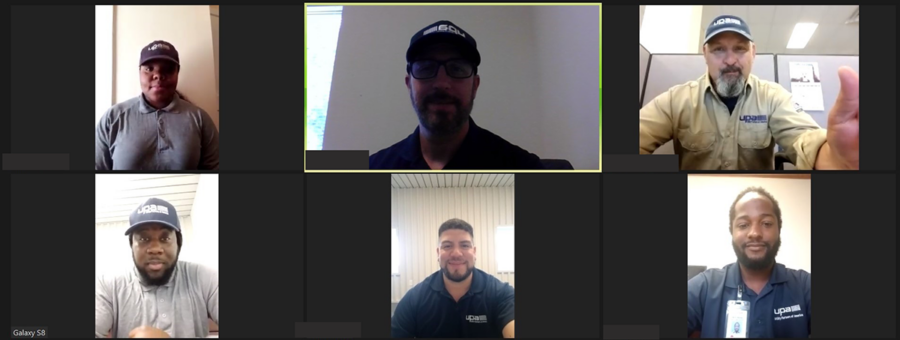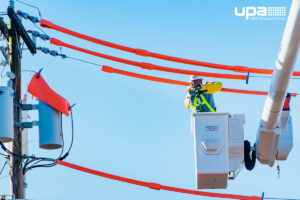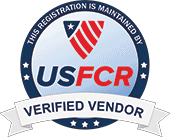There’s been some debate over the transmission of COVID-19 and the likelihood of someone contracting the virus from surface exposure. We also know that close person-to-person contact is the most likely way it spreads. Official documentation from the Centers for Disease Control and Prevention (CDC) defines “close contact” as being within about six feet of another person.
Abiding by these guidelines is certainly possible. For field technicians who work alone or on large infrastructure components allow for that kind of separation. Unfortunately, not all facets of the job will support social distancing as seamlessly. As a result, utility companies have gotten creative. They’ve turned to technology for essential activities like meetings that require employees to gather together. Here’s a quick how-to on holding productive virtual tailgate meetings. Along with tips on getting the most out of your employees’ time.
How to hold a virtual tailgate meeting
Prior to COVID-19, the only video chat experience many of us had was with friends and family. As is the case with so many aspects of life and work, the pandemic changed that for a lot of people. Employers frequently began using video conferencing software platforms like Zoom, RingCentral, WebEx, and GoToMeeting to connect face-to-face with staff virtually (and safely).
Related: SOPs: When to Change Them and How to Make Them Stick
The benefit of these sessions is that technicians can take part in them from anywhere with the assistance of an internet-enabled mobile device. Leadership can schedule a tailgate meeting on the same day and time they normally would. They simply provide technicians with a unique link to join for virtual attendance. It’s important to mention that these platforms also support pure audio. Even if someone has a poor connection or has a device that lacks a camera, they can still participate.
Best practices for holding a virtual tailgate meeting
The idea of a virtual tailgate meeting might sound daunting, but there are a few things you can do to help them run smoothly. Still accomplishing your goal of relaying key safety information.
Related: How UPA Uses Technology to Improve Operations
Utilize video:
Even though these platforms support audio dial-ins, it’s in your best interest to use video for your virtual tailgate meetings. Not only does it make employees feel more involved, but it also helps with accountability. Employees are less likely to interact with outside distractions if they know they are on camera.
Test before the meeting:
Whether you’re using video or audio, you’ll want to test the software in advance. Even if it’s just a few minutes before the meeting, log on to make sure that the link you sent is active and that your audio/video is functioning properly. If something seems off, don’t hesitate to reschedule or email out a new link to attendees.
Keep it short:
If you’ve made an effort to keep your in-person talks short and sweet, that’s good — but you’ll need to be especially brief with a virtual tailgate meeting. The more concise your meetings are, the less likely you are to encounter technology issues like a disruption in service or buffering.
Stay on topic:
This one works in tandem with keeping your meetings succinct, but always try to stick to just the facts. If today’s job site is particularly dangerous, talk to employees about why and how to stay safe — but only that. Virtual tailgate meetings aren’t the time to chat about the weather or the score from last night’s game. Set expectations upfront about the agenda for that day’s meeting, and don’t stray from the topic.
Make it interactive:
Watching a phone screen isn’t always the most exciting thing in the world, so it’s important that your virtual tailgate meetings include some interactivity. Some of the ways that you can keep your attendees’ attention include holding up pictures to the camera, inviting others to speak about relevant and timely news, and asking questions of the group.
As we begin to approach our “new normal” in a world after COVID-19, utility companies must continue to identify ways that enable work to proceed. Utility Partners of America wants to be your trusted ally in making that happen. We’ve partnered with utilities and energy co-ops for more than two decades and are ready to help you. Contact us today to see what we can offer your company.





